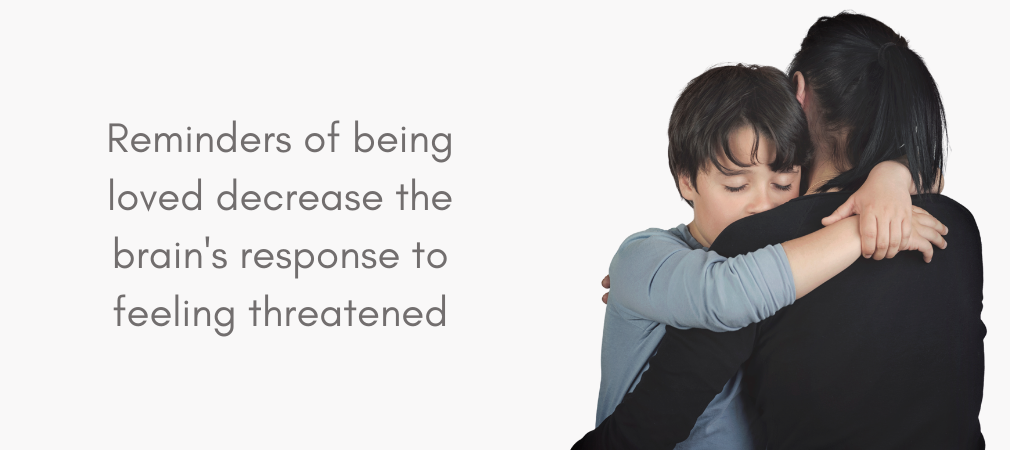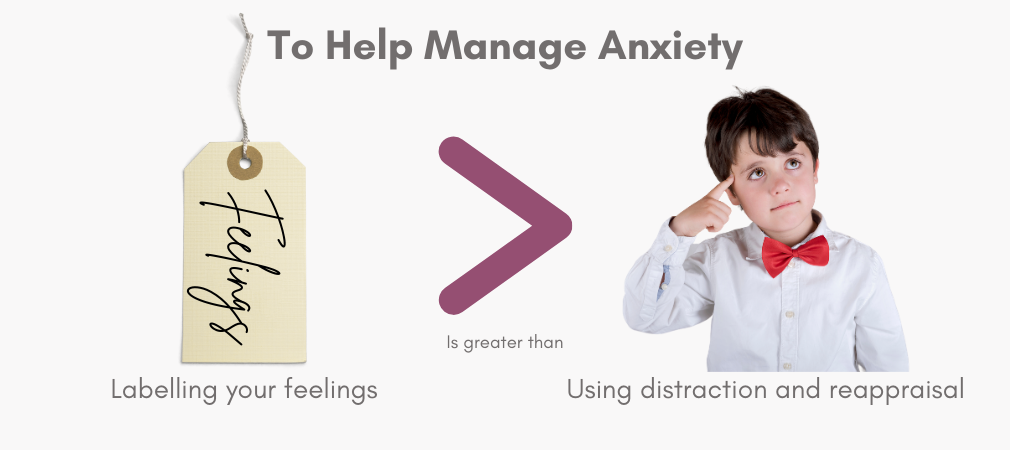3 Strategies to Improve Anxiety
Anxiety is the most common mental health issue that children face.
Approximately 50% of parents in Ontario have reported being concerned about their child's level of anxiety. And nearly one-third of parents say that their child had missed school because of anxiety.
That’s significant!
So, let’s take a look at a few strategies to help support your child or teen if they experience anxiety.
1. Show Love and Care
If your child feels anxious or threatened in any way, showing your love and support will likely do far more than you think.
Norman et al. (2104), in the Journal of Social Cognitive and Affective Neuroscience, conducted a study in which they showed study participants pictures of people being loved and cared for before they were shown threatening images that would typically cause a strong response in the amygdala (a critical area in the brain for processing emotion and fear).
Results showed that reminders of being loved and cared for reduced the brain’s response to being threatened, which lowered feelings of anxiety.

And for the particularly anxious study participants, the pictures of love and support were especially effective.
So, whenever your child is feeling anxious, remember to show love and support in a way they find comforting.
Also, recent studies show that hugs can be a helpful way to improve mood and lower anxiety, so I encourage you to consider making hugs a regular part of your daily routine with your child or teen.
2. Label Anxious Feelings
Children are often uncomfortable talking about anxiety, which can make it more challenging to label their feelings and describe them.
However, it can be a surprisingly helpful way to cope with anxiety.
Kircanski et al. (2012), in the Journal of Psychological Science, conducted a study where people with a fear of spiders attempted to manage their anxiety by using strategies such as distraction and reappraisal (i.e., thinking about anxiety differently) and labelling feelings.

Results showed that the study participants who used accurate fear-based words to describe their feelings experienced the most significant reduction in anxiety.
On the surface, this appears to be a surprising finding, as the focus when treating feelings of anxiety is typically to try to reduce these feelings.
However, labelling your feelings correctly appears to be an essential first step in reducing feelings of anxiety before utilizing other strategies.
3. Use Reframing
One of the main challenges with anxiety is that we often exaggerate potential threats.
Or said another way, we make problems more significant than they deserve to be.
Llewellyn et al. (2013), in the Journal of Emotion, conducted a study in which they found that thinking about situations differently, also known as reframing, helps people to feel less anxious in stressful situations.

For instance, if your child is feeling anxious about being in a new social situation, they could focus on thoughts such as:
“It’s an opportunity to play in a new area.”
“I could meet some new kids.”
“I see other kids all the time at school. I can do this.”
And one final, and very important note from this study, it was found that suppression (i.e., attempting to push away and ignore anxious feelings) wasn't an effective way to deal with anxiety.
And for most of us, avoidance is a natural response.
So, above all, just by introducing your child to anxiety management strategies and having them begin to incorporate these strategies at a young age, they are off to a great start in learning how to manage their mental health.
Do you notice physical signs of anxiety with your child?
What strategies do you find effective?
Join the conversation on Facebook!



